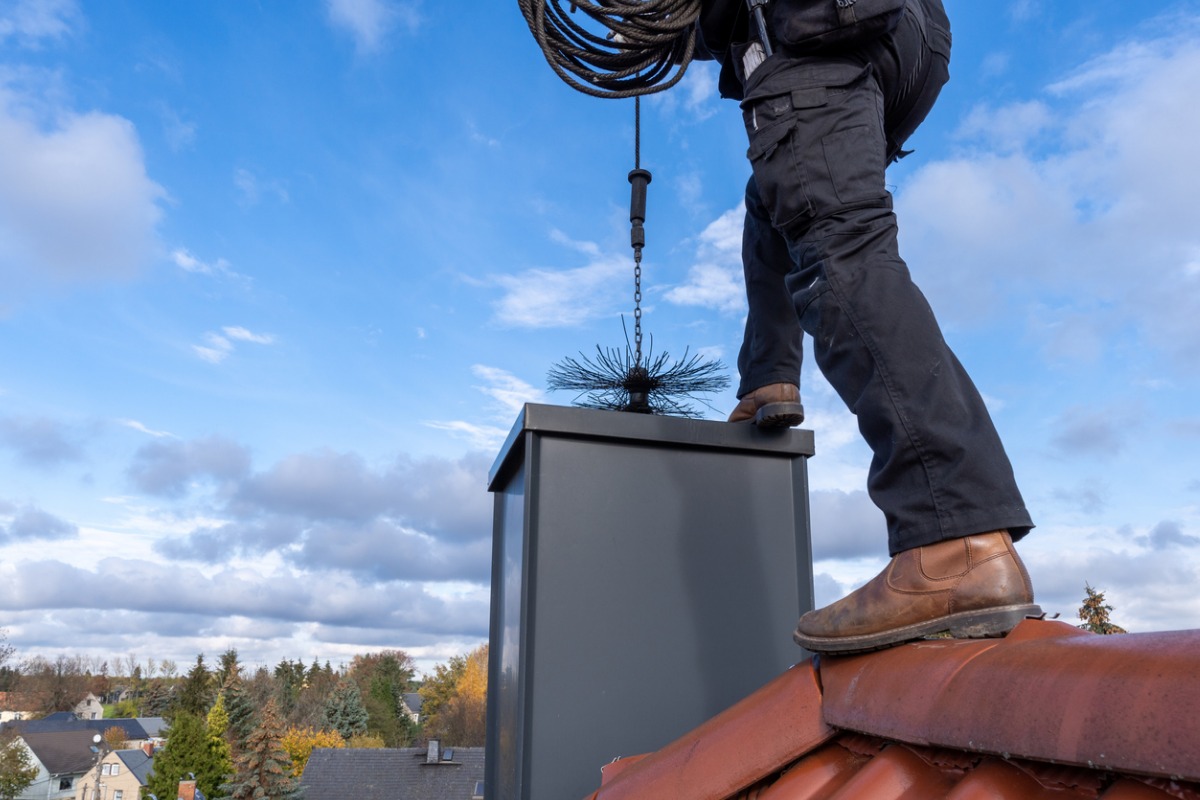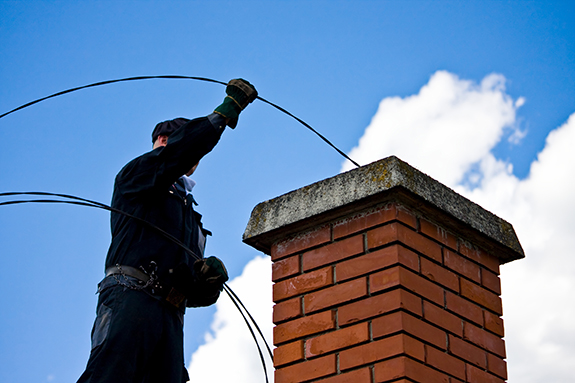The Ultimate Guide to Picking Chimney Clean Co Services
Wiki Article
Full Chimney Cleansing and Assessment: Ensuring Fire Security and Performance
When it pertains to maintaining a safe and effective furnace, smokeshaft cleaning and evaluation are typically ignored yet essential parts. The relevance of guaranteeing that your smokeshaft is cost-free from clogs, creosote accumulation, and other potential risks can not be overemphasized. Beyond the prompt fire safety concerns, a clean smokeshaft likewise plays a substantial function in making the most of the effectiveness of your heating unit. However, there are extra benefits to specialist chimney examinations that expand beyond what meets the eye - chimney clean co. By taking a better take a look at the intricacies involved in smokeshaft upkeep, you might uncover valuable insights that might possibly save you from expensive fixings and unforeseen dangers.Value of Smokeshaft Cleaning
Routine chimney cleaning is vital for maintaining a risk-free and effective fireplace or heating system. If not removed via routine cleaning, this buildup can lead to chimney fires, placing your home and family at risk.
In enhancement to the safety dangers, a tidy smokeshaft also ensures the reliable operation of your furnace. A stopped up chimney can prevent appropriate air flow, minimizing the performance of your fire place or home heating home appliance. This inadequacy not only influences the comfort of your home yet can additionally cause higher power costs as your system works harder to maintain the wanted temperature. By organizing routine chimney cleanings, you can secure your home, improve interior air high quality, and optimize the efficiency of your furnace.
Fire Hazard Prevention

Upkeep of a clean smokeshaft not just ensures the safety and security and effectiveness of your home heating system however also plays a critical function in stopping prospective fire dangers. When the smokeshaft is not cleansed on a regular basis, this creosote can fire up, leading to a dangerous smokeshaft fire. chimney clean co.
Normal smokeshaft examinations and cleanings by qualified specialists are necessary to recognize and address any kind of issues that could posture a fire threat. These evaluations can find splits, leakages, or various other damage that might permit warm or fires to run away into the structure of the home. By preserving a clean smokeshaft and addressing any possible dangers without delay, homeowners can significantly lower the risk of smokeshaft fires and official site ensure the safety of their building and enjoyed ones.
Making The Most Of Heating Unit Efficiency

Specialist Evaluation Advantages
Expert chimney assessments conducted by certified specialists offer a comprehensive analysis of the chimney's condition, recognizing any type of Full Report structural damages, blockages, or creosote build-up that may present a fire threat. These assessments are essential in guarding your home against the danger of chimney fires and carbon monoxide leaks.
Beyond immediate price financial savings, regular professional inspections contribute to the durability of the smokeshaft and heating system, promoting continual efficiency and integrity. Investing in professional chimney evaluations is a proactive measure that boosts fire safety and security, functional performance, and overall tranquility of mind for property owners.
DIY Upkeep Tips

In addition, ensuring proper air flow is another crucial maintenance job. Appropriate air flow is critical for the efficient procedure of your chimney. Inspect the damper to ensure it opens up and closes smoothly, permitting correct air flow control. Clearing up any type of debris or blockages from the chimney or flue is also vital to keep optimum air flow.
Frequently examining the smokeshaft for any type of indications of damages, such as fractures or missing out on bricks, and addressing them immediately can assist prevent more substantial problems in the future. By including these DIY upkeep tips right into your routine, you can advertise site web fire safety and security and extend the life-span of your chimney.
Final Thought

Beyond the prompt fire security problems, a tidy smokeshaft likewise plays a considerable duty in maximizing the performance of your home heating system.Upkeep of a clean chimney not only ensures the safety and security and effectiveness of your home heating system but also plays a critical function in stopping potential fire hazards. When the smokeshaft is not cleaned up on a regular basis, this creosote can fire up, leading to a harmful smokeshaft fire. By keeping a clean chimney and dealing with any type of possible hazards promptly, home owners can significantly minimize the risk of chimney fires and make certain the security of their residential or commercial property and loved ones.
Professional smokeshaft assessments carried out by qualified service technicians provide a detailed analysis of the chimney's condition, recognizing any kind of structural damage, blockages, or creosote buildup that might pose a fire threat.
Report this wiki page